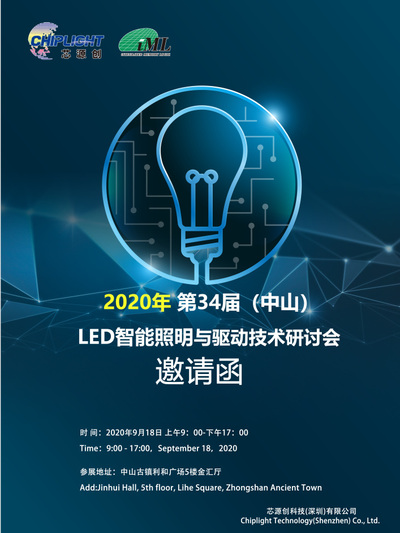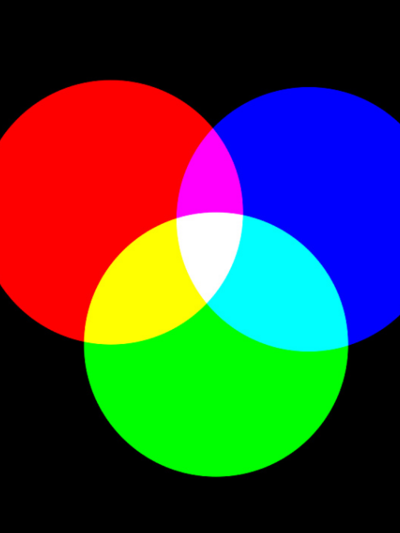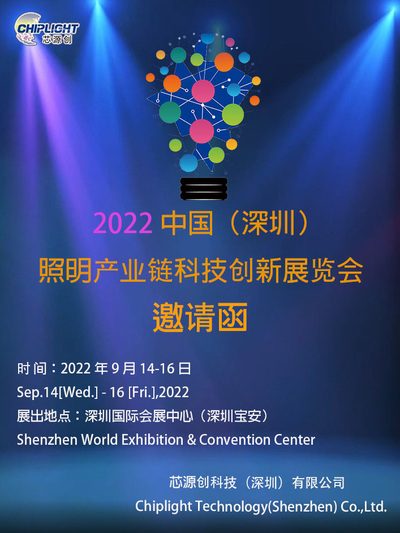Multinational organizations focus on the impact of lighting on health
 133
133
Research has shown that LED mobile phones, tablets, and laptop screens do not cause eye damage, but the strong lighting used for car headlights may damage our eyes. This report distinguishes between acute exposure to high-intensity LED lights and chronic exposure to low-intensity light sources. The organization said that although the risk is low, long-term exposure to this light source can also accelerate the aging of retinal tissue and lead to decreased vision.
The French health supervision agency stated this week that the "blue light" in LED lighting can damage the retina of the eyes and disrupt the natural sleep rhythm.
The French Agency for Food, Environment and Occupational Health and Safety (ANSES) warned in a statement that the new findings confirm previous concerns that "exposure to high-intensity LED lights can produce 'phototoxicity' and may cause irreversible damage to retinal cells and visual impairment.".
The French Food, Environment and Occupational Health and Safety Agency recommends in a 400 page report that even if this level is rarely reached at home or in the workplace, the upper limit for severe exposure should still be revised.
Research has shown that LED mobile phones, tablets, and laptop screens do not cause eye damage, but the strong lighting used for car headlights may damage our eyes. This report distinguishes between acute exposure to high-intensity LED lights and chronic exposure to low-intensity light sources. The organization said that although the risk is low, long-term exposure to this light source can also accelerate the aging of retinal tissue and lead to decreased vision.
Ophthalmologist Francine Bihar Cohen said that LED phones, tablets, and laptop screens do not cause damage to the eyes. He explained that their brightness is very low compared to other types of lighting equipment. But these backlighting devices, especially when used at night or in dark environments, may interfere with the biological clock, thereby affecting sleep status.
Dina Atiya, a researcher and project manager of ANSES, pointed out that they would not only interfere with the natural physiological rhythm of the human body, but also promote our metabolic disorder, which would aggravate the incidence rate of diabetes, cardiovascular diseases and some cancers. ANSES pointed out that due to the incomplete formation of the crystalline lens in their eyes, children and adolescents are particularly susceptible to the disruption of this biological rhythm. In addition, the report states that due to small fluctuations in current, flickering in some LED lights may cause headaches, visual fatigue, and other unexpected hazards.
ANSES suggests purchasing warm white LED lights for home lighting, reducing exposure to LED lights with high-density blue light, and avoiding watching LED screens before bedtime.
ANSES also stated that manufacturers should "limit the luminous intensity of their headlights", some of which are too bright.
Finally, the organization expressed doubts about the effectiveness of some "anti blue light" filters and sunglasses.
Previous message: No more






